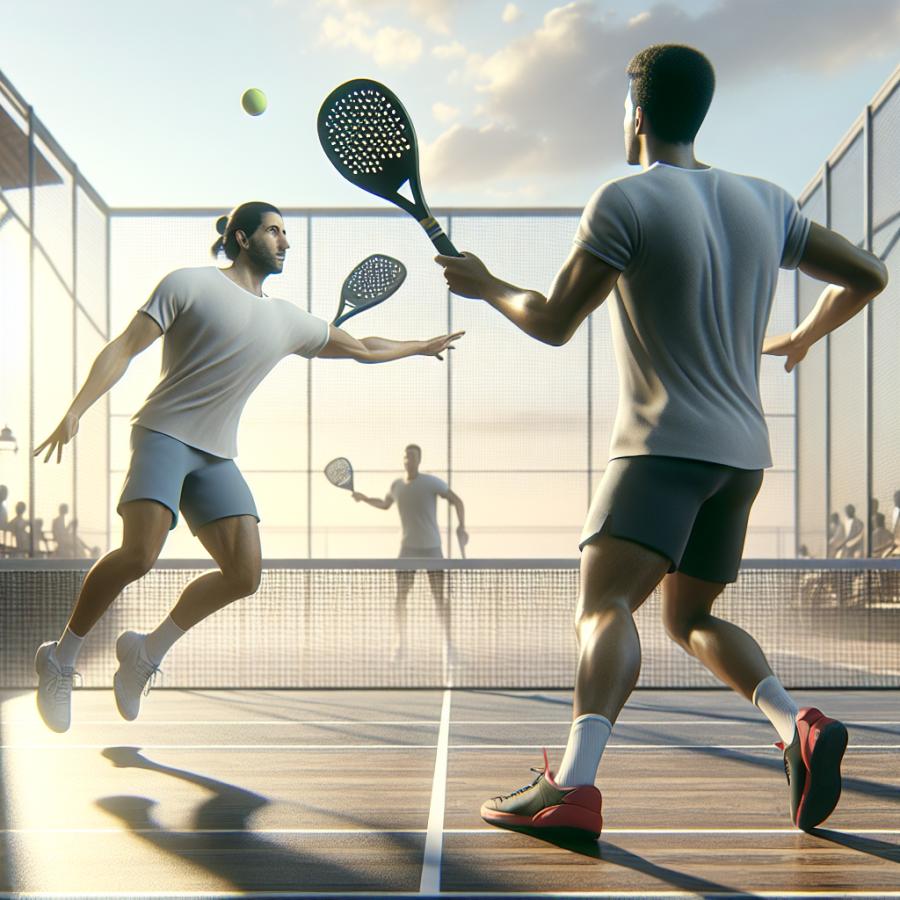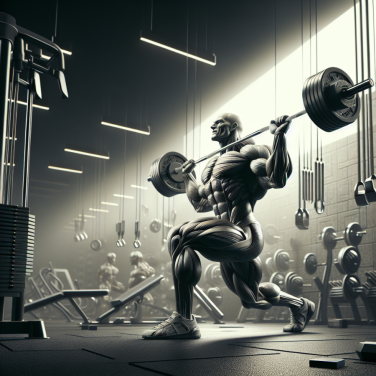Advanced Court Positioning: Elevate Your Paddle Tennis Play with Tactical Movement
In paddle tennis, mastering the art of positioning can vastly improve your gameplay. Advanced court positioning goes beyond simply reacting to your opponents' shots; it involves anticipating the play, understanding your opponents' strategies, and moving tactically to maximize your own strengths while exploiting their weaknesses.
Strategic Use of the No-Volley Zone - The no-volley zone, often called the kitchen, is a critical area in paddle tennis. By positioning yourself just behind this zone, you can effectively cut off angles and prevent opponents from hitting aggressive shots. This is especially useful when you're defending against slams or volleys. Make sure to move in sync with your partner to cover the court efficiently, and be ready to step into the kitchen to volley when the opportunity arises.
Lateral Movement and Anticipation - The key to successful court positioning is not just moving forward and backward but also side-to-side. Lateral movement allows you to cover the court more effectively and reach shots that would otherwise be out of reach. Anticipate where the ball is going and take small, quick shuffle steps to get into position early. This gives you more time to set up your shot and increases your chances of hitting a winner or forcing an error.
Communication and Double's Strategy - In doubles play, communication with your partner is paramount. Let each other know where you are on the court, who will take the shot, and what type of shot you plan to make. Align your movements with your partner's so that you can maintain court coverage without leaving gaping holes for your opponents to exploit.
Offensive Positioning - When you're in control of the rally, consider positioning yourself aggressively. This might mean moving closer to the net to put away a weak return, or to the sides to angle off a winner. When you're closer to the net, you decrease the reaction time for your opponents, making it harder for them to defend against your shots. But be careful – the closer you are to the net, the more vulnerable you are to lobs, so keep an eye on your opponents' racket preparation and be ready to track back if necessary.
Defensive Positioning - In defense, your goal is to regain control of the point. Position yourself deeper in the court to give yourself more time to react to powerful shots. A more defensive stance allows you to cover lobs and slams better. However, a balance should be maintained to avoid getting pinned at the baseline where your opponents can take control of the net.
Read also:
Mastering the Five: The Modern Pentathlon Challenge
Enhancing Your Serve: Key Strategies for Dominating the Paddle Tennis Court
Paddle tennis, often referred to as platform tennis, is a game of precision, power, and strategy. While the fundamentals of regular tennis still apply, the unique elements of paddle tennis—like the smaller court and solid paddles—demand a specialized approach to master the game. To enhance your serve, which is one of the most crucial shots in paddle tennis, it's important to focus on a few key strategies that can give you an edge over your opponent.
Develop a Unique Serving Style
Your serve is your first offensive weapon and setting the tone for the point. Consider developing a signature serving style that suits your strengths. Some players prefer a powerful, flat serve, while others might opt for a serve with heavy spin. The key is to make your serve unpredictable and difficult to read. Mix up your serves by alternating between spin, speed, and placement to keep your opponent guessing.
Perfect Your Serve Placement
In paddle tennis, the court is smaller, so precise placement becomes even more critical than in traditional tennis. Aim for the corners of the service boxes to pull your opponents out of position and create open spaces on the court for your next shot. By consistently hitting your spots, you can take control of the point early on.
Use the Screens to Your Advantage
Paddle tennis has one unique element that doesn't exist in traditional tennis: the screens. Serves that hit the screens can be tricky for opponents to handle. Practice serving the ball so that after it bounces, it ricochets off the side or back screen, forcing your opponent to hit a more difficult return. It's a challenging skill to master, but once you do, it can be extremely effective in disrupting your opponent's rhythm.
Focus on Consistency
A powerful serve is of no use if it's not consistent. It's better to have a slightly less powerful serve that you can land in the box 9 out of 10 times than a cannon of a serve that's hit or miss. A consistent serve puts pressure on your opponent to make a good return and keeps you in control of the game.
Incorporate Effective Spin
Applying spin to your serve can make the ball more difficult to return. Topspin serves dip quickly, potentially catching your opponent off guard, while slice serves cause the ball to skid and stay low, making for a tricky return. Practice both types of spin to add variety to your serve, and use them according to your opponent's weaknesses.




